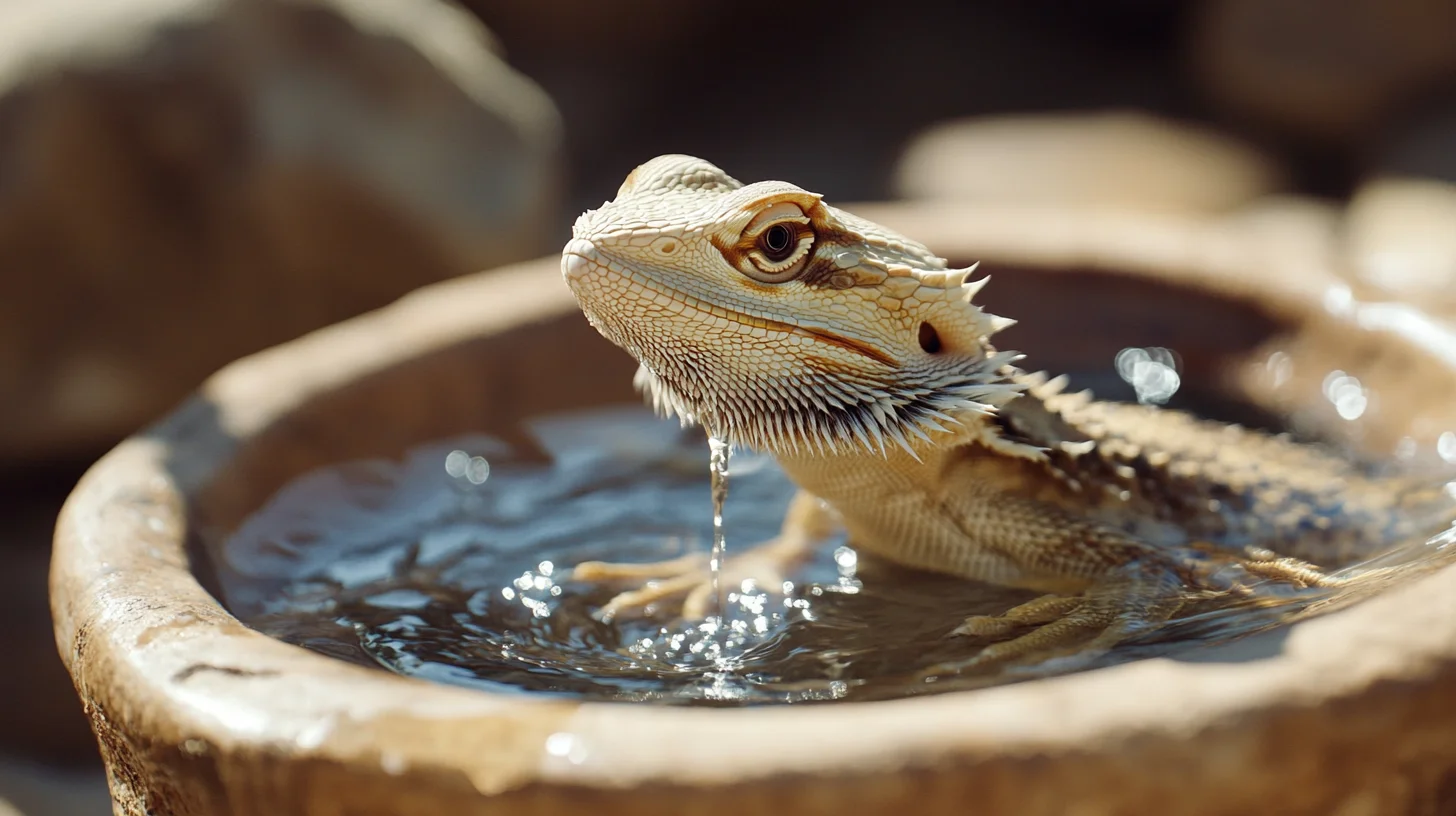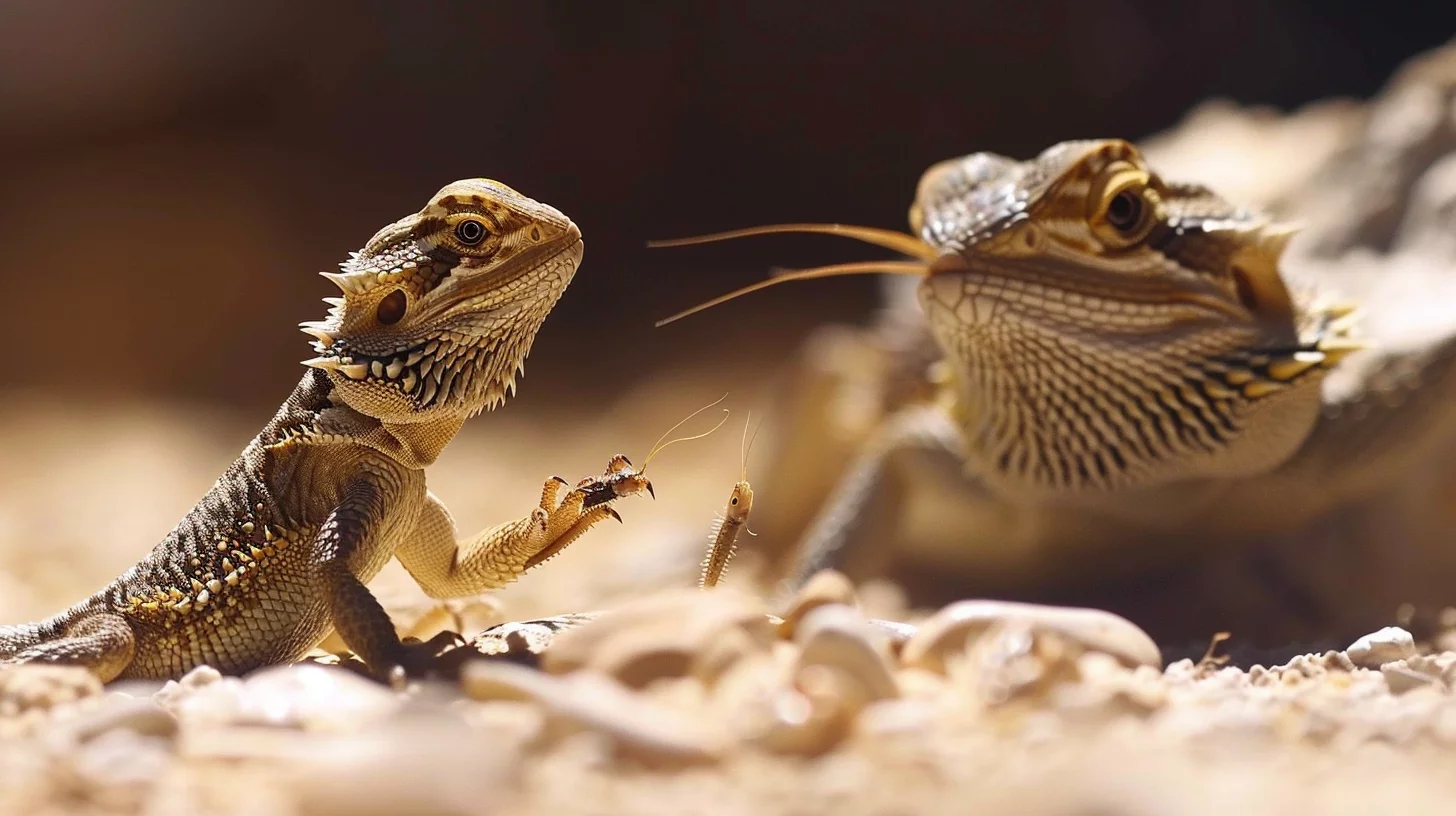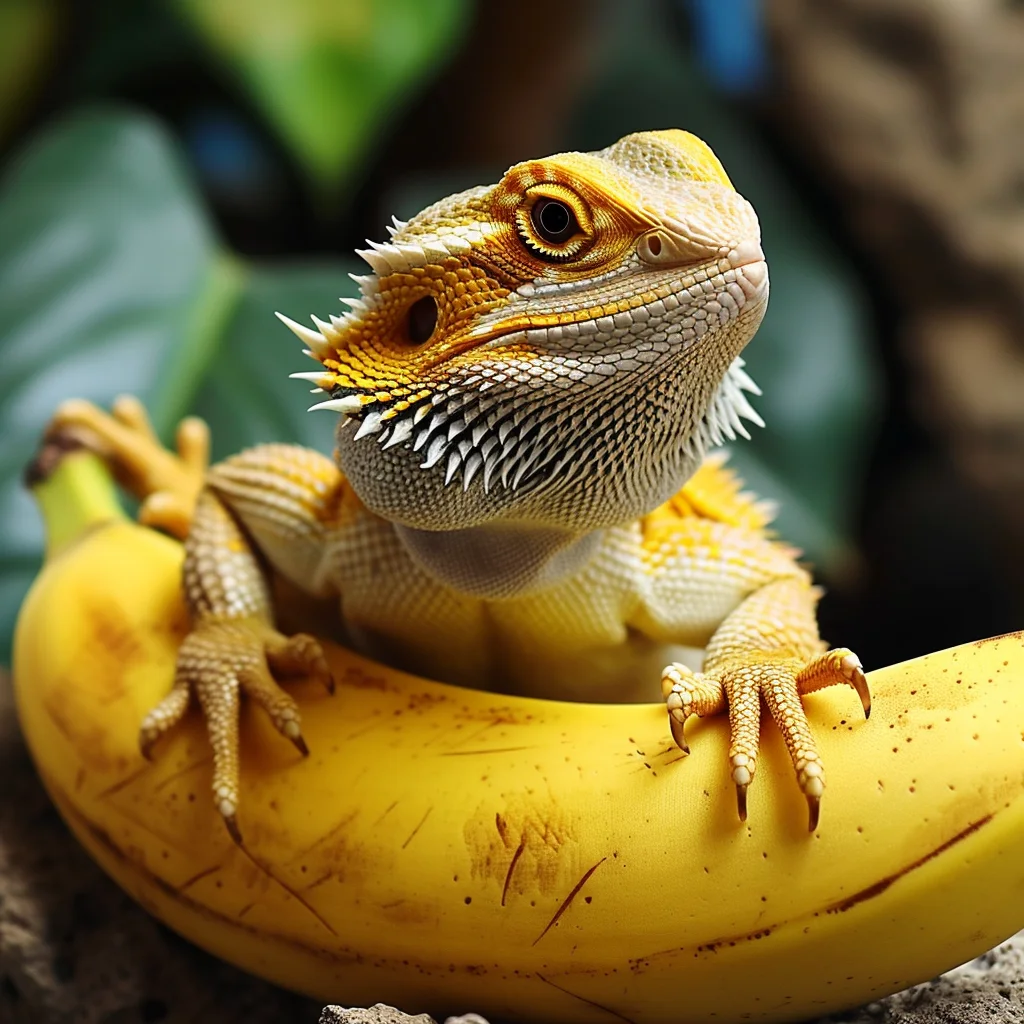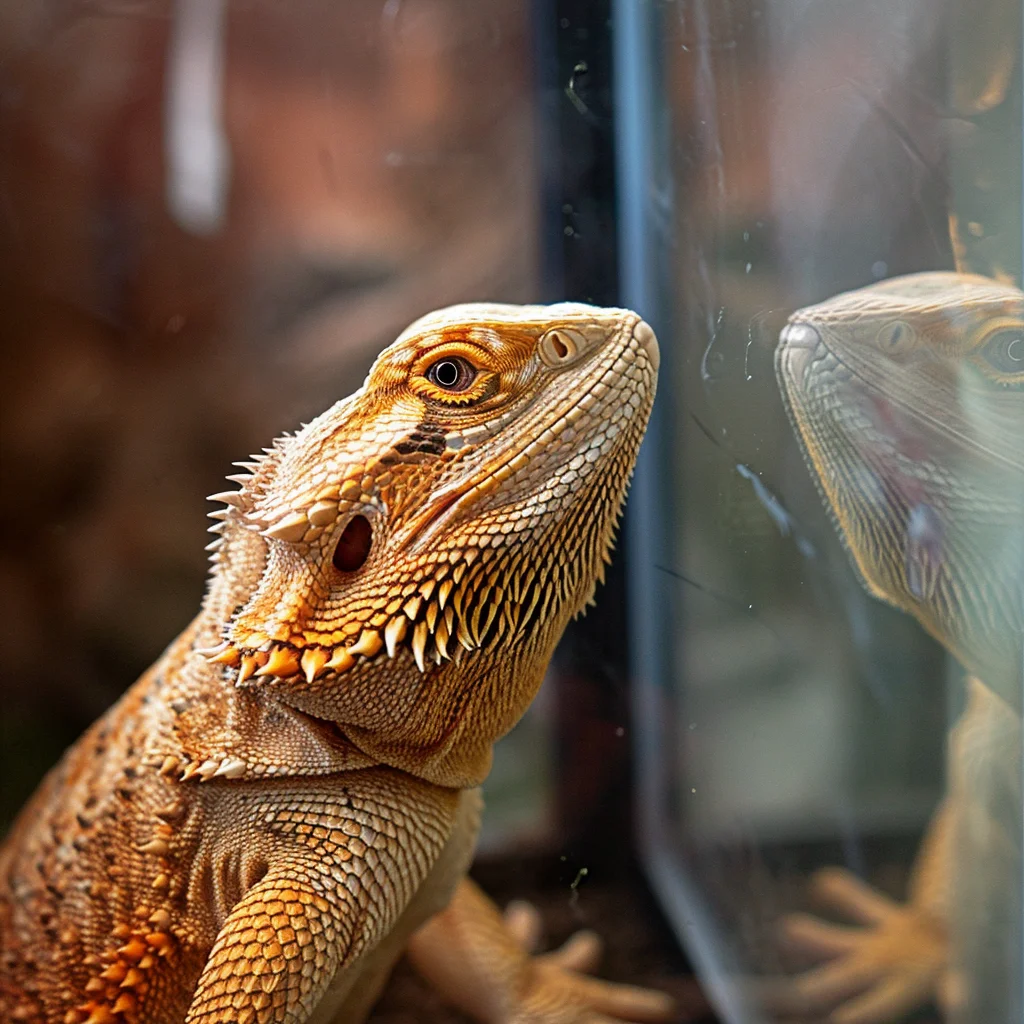Table of Contents
In this article, I will explore the vital question of whether bearded dragons, those fascinating reptiles of the Pogona genus, truly require hydration through water consumption. With their origins in the arid regions of Australia, these magnificent creatures have evolved unique adaptations that challenge conventional notions of the importance of water intake. By delving into the intricacies of their natural habitat and physiological mechanisms, we can unravel the mystery surrounding the water requirements of these bearded dragons and gain a deeper understanding of their remarkable resilience in maintaining optimal health.
Do Bearded Dragons Need Water?
As an academic researcher in the field of reptile biology, I am often asked the question, “Do bearded dragons need water?” This query stems from the misconception that all animals require water in the same way that humans do. In the case of bearded dragons, it is important to understand the various types of hydration they require, the sources of water available to them in the wild and in captivity, their specific hydration needs, and the signs of dehydration to watch out for.
Additionally, I will discuss the importance of proper hydration for these remarkable creatures, the frequency of water intake, methods of providing water, the role of humidity in maintaining hydration, and some tips for effectively maintaining the water needs of bearded dragons.
Types of Hydration in Bearded Dragons
To fully comprehend the water requirements of bearded dragons, it is crucial to differentiate between the two types of hydration they obtain. The first type, called “drinking water,” refers to the direct intake of water through the mouth, just as humans do. This can occur when bearded dragons come across natural water sources in their environment, such as puddles or small streams. The second type of hydration is known as “metabolic water,” which is derived from the metabolic breakdown of food. Bearded dragons are unique in that they possess a glandular structure in their hindgut that allows them to extract water from their feces, enabling them to obtain moisture even in arid environments.
Water Sources in the Wild
In their natural habitat, bearded dragons primarily rely on a variety of water sources to satisfy their hydration needs. During periods of rainfall, these creatures have been observed drinking water droplets from leaves or small pools that form on the ground. They may also obtain water indirectly by consuming moisture-rich plants or prey items. In regions where water is scarce, bearded dragons have evolved to maximize the extraction of metabolic water from their food, reducing their dependence on external water sources.

Water Sources in Captivity
For bearded dragons kept in captivity, it is the responsibility of the pet owner to ensure that appropriate water sources are provided. One common misconception is that bearded dragons can meet their hydration needs solely by misting them with water. While misting can help maintain humidity levels, it is not a sufficient source of drinking water for these reptiles. Instead, a shallow and easily accessible dish filled with clean, chlorine-free water should be available to them at all times. It is crucial to regularly monitor and replace the water to ensure its cleanliness and freshness.
Hydration Needs of Bearded Dragons
Bearded dragons, like all living organisms, have specific hydration needs to maintain optimal health and wellbeing. These requirements may vary depending on factors such as age, activity level, environmental conditions, and the types of food being consumed. Generally, bearded dragons rely more on metabolic water than direct drinking water, but providing the opportunity for regular drinking water intake is still important. Insufficient hydration can lead to numerous health issues, including renal failure and digestive problems, so it is important to take their water needs seriously.
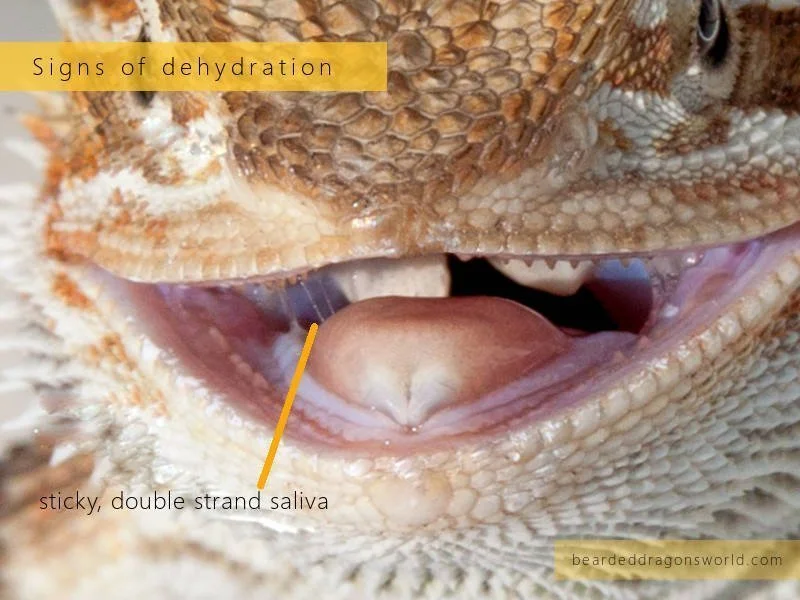
Signs of Dehydration in Bearded Dragons
Recognizing the signs of dehydration in bearded dragons is vital for their wellbeing. These signs may include sunken or dull eyes, dry or wrinkled skin, reduced appetite, lethargy, and urates that appear unusually concentrated or thick. In advanced stages of dehydration, bearded dragons may exhibit muscle weakness, tremors, or difficulty moving. It is essential to address dehydration as soon as it is detected to prevent further complications and potential mortality.
Importance of Proper Hydration
Proper hydration is crucial for the overall health and physiological functioning of bearded dragons. Water plays a fundamental role in various physiological processes, including digestion, thermoregulation, waste removal, and the maintenance of cellular integrity. Adequate hydration ensures that these reptiles can effectively process the food they consume and maintain homeostasis within their bodies. Without sufficient water, bearded dragons may suffer from constipation, impaction, and other digestive disorders.
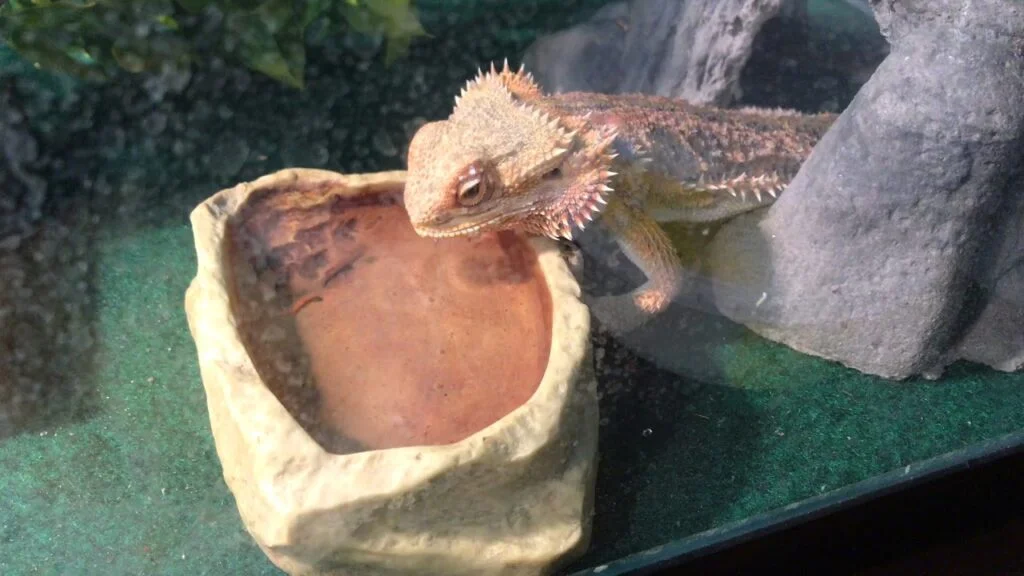
Frequency of Water Intake
The frequency of water intake for bearded dragons largely depends on their individual requirements and environmental conditions. While metabolic water provides a baseline level of hydration, providing drinking water as a supplementary source is recommended. Adult bearded dragons generally benefit from daily access to fresh water, although some individuals may drink less frequently. Meanwhile, young bearded dragons and those kept in particularly hot and dry environments may require more frequent access to water to prevent dehydration.
Methods of Providing Water
When it comes to providing water to bearded dragons, there are several methods to consider. The most commonly used approach is to place a shallow dish filled with water within the enclosure. This ensures easy access for the reptile while minimizing the risk of drowning. The dish should be cleaned and refilled regularly to maintain optimal hygiene. It is essential to keep in mind that bearded dragons may defecate or accidentally contaminate the water, so close attention must be paid to the cleanliness of the dish.
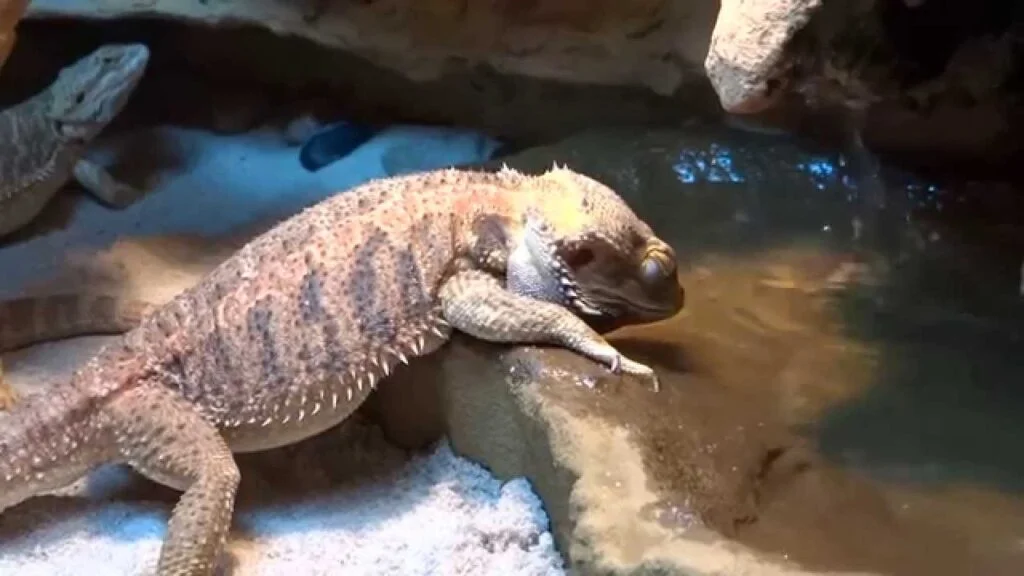
Importance of Humidity
Maintaining proper humidity levels in the enclosure of bearded dragons is crucial for their overall health and hydration. While bearded dragons originate from arid regions, excessively low humidity can impact their ability to properly shed their skin and lead to dehydration. It is recommended to maintain humidity levels between 30% and 40%, which can be achieved by misting the enclosure with water or providing a humid hide. Additionally, maintaining an appropriate temperature gradient within the enclosure can also help prevent excessive water loss.
Tips for Maintaining Hydration
To effectively maintain the hydration needs of bearded dragons, there are a few important tips to keep in mind. Firstly, regularly monitor the water dish to ensure it is clean and free of contaminants. Provide fresh, chlorine-free water daily and consider using a water conditioner to remove any potentially harmful chemicals. Additionally, be observant for signs of dehydration and adjust water intake accordingly. Finally, ensure that the enclosure’s humidity levels are within the recommended range and take measures to prevent excessive water loss, such as using substrate that retains moisture.
In conclusion, while bearded dragons are capable of deriving some hydration from metabolic water, they do require access to drinking water for optimal health. It is essential for pet owners to provide their bearded dragons with a clean and easily accessible water source, in addition to maintaining appropriate humidity levels within the enclosure. By understanding the specific hydration needs of these fascinating creatures and actively addressing their water requirements, we can ensure their long, healthy lives in captivity.

